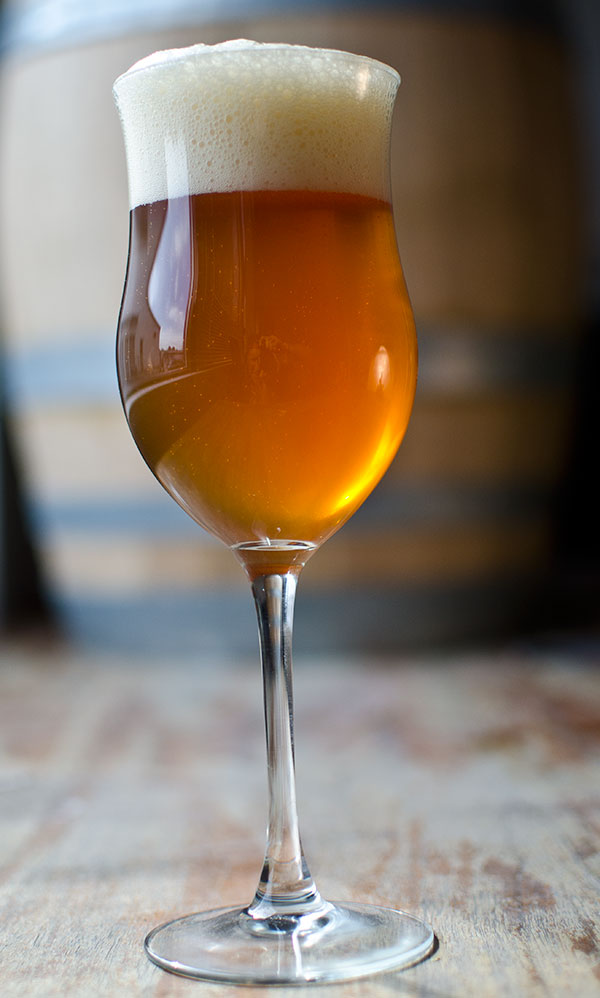Barrel and wood-aged beers seem to be ever-growing in popularity among home and craft brewers. Aging beer on wood creates interesting complexity which varies due to wood type, level of the wood’s “toast” and the length of time the wood is in contact with the beer. It can bring your favorite homebrews to a whole new level!
Aging beer in an actual barrel is typically hailed as the best way to impart wood character, and many homebrewers and homebrew clubs are creating outstanding beers with this technique. But we decided to take a look at four other options to add wood complexity in your next homebrew without having to use an actual barrel.
Toasting Wood
Before jumping into different wood options, it’s important to understand what “toast” means. Whether barrels or chips, woods used to age beer (or other alcoholic beverages) are typically treated through a “toasting” step, which involves scorching the wood to a specific level to achieve a certain character in the intended beverage. Wood can be lightly toasted, which typically lends fresher wood characters with hints of fruit, all the way to heavy toasting which brings out more spicy, smoky wood character.
The thickness of a wood can also create variations in the toast level. The thicker the wood, the more variation in toast, generally speaking. This is beneficial in that you can create more complexity by extracting qualities from various toast levels of wood instead of just one.
4 Ways to Wood Age Beer
 1. Chips
1. Chips
Wood chips are very thin “flakes” of wood, sort of like the large pieces of wood you may see in garden mulch. Since the chips are quite thin, the level of toast shows very little variation. The thinness paired with a high surface area also makes for a very fast extraction period compared to other methods. In some instances you may only need to age homebrew on wood chips for a few weeks. However, some homebrewers note that wood chips often times impart a very one-dimensional wood quality in beer.
2. Cubes
Cubes are similar to wood chips, except they are considerably thicker. During the toasting process, the thickness of cubes causes a variation in toast levels throughout wood. These different toasts can instill interesting wood-aged complexity to homebrew, akin to actual barrel-aged beer, especially compared to wood chips. Achieving quality wood character can take anywhere from a month to a year.
3. Staves
A stave is an individual piece of wood used to build a barrel. Some homebrewers use the whole stave, while others will chop it up into smaller pieces to fit into the fermenter. Keep in mind that aging the same beer for the same amount of time on an intact stave and a chopped up stave will likely instill different wood character, albeit similar. The toast level will depend on the barrel, but there tends to be some variation due to the relative thickness. Staves can take anywhere from a month to a year depending on the preferred extraction level.
4. Spirals
A spiral is a winding ribbon of wood surrounding a wood core–think a large drill bit. Wood spirals allow for a high surface area and variation in thickness to capture different toast levels. Spirals can be great for instilling complex wood-aged qualities, typically with a six-week to one year extraction period.
No comments:
Post a Comment